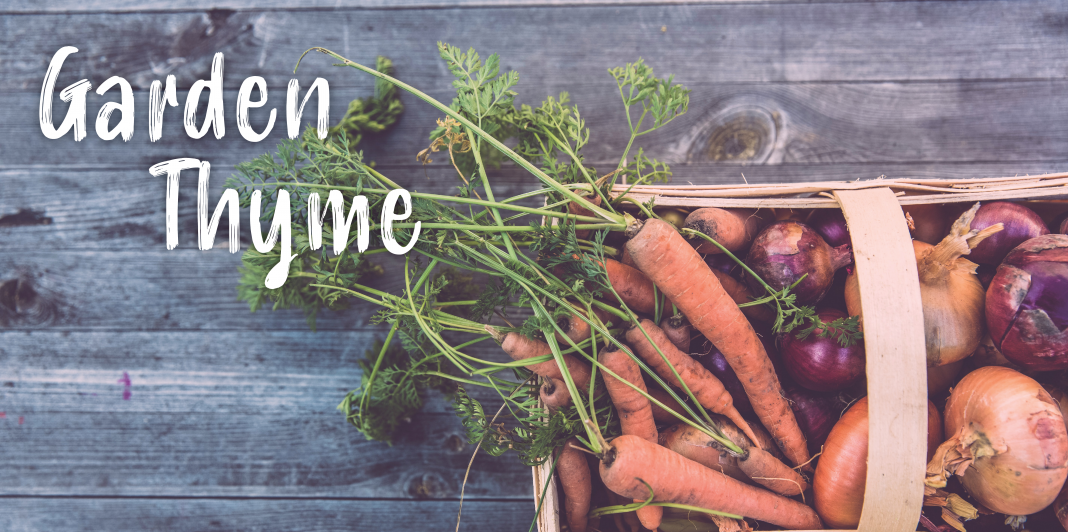Why Microgreens Should be Part of Your Home Garden
Remember those tiny little green garnishes on top of that fancy dinner you had? Maybe you thought it was just for looks—and it was—but there is much more to those tiny greens than you realize! Chefs have used microgreens since the 80’s, when the cost was so high you’d only find them on fancy dinner plates or special grocery stores. Nowadays people are learning the amazing health benefits and nutrients found in these tiny plants. There are now over 50 varieties out there to choose from, and they can be easily grown from home!
What are Microgreens?
These small but mighty plants are seedlings of vegetables and herbs that are highly concentrated in nutrients and flavor. Unlike vegetables and herbs that take months to grow, microgreens are ready to harvest 10 days after the cotyledon leaves have developed. Cotyledon is the name of the part of the embryo with the seed. Microgreens are different from sprouts, because microgreens are grown in soil and sunlight rather than water.
Studies show that microgreens have 4 to 6 times more nutrients than their adult versions of the plants. For example, red cabbage microgreens had 40 times more vitamin E and 6 times more vitamin C than a full grown red cabbage. They are also loaded with nutrients such as vitamin C, E, and K, lutein, and beta-carotene.
Microgreens are known for their intense and delicious flavors. For example, a purple radish microgreen tastes like a spicy radish and only takes 6 days to harvest. While microgreens are dense in nutrients, they are not a substitute for full grown vegetables that provide needed fiber.
How to Grow Microgreens
Looking for microgreens at the grocery store will be a disappointment when you see the prices. The costs are high because of the labor and supply. Once harvested, the soil and seeds cannot be reused; growers have to start over to make more microgreens.
Here are some of the most popular seeds to choose from:
- Mustard greens
- Kale
- Arugula
- Spinach
- Radish greens
- Watercress
- Peas
- Cabbage
- Basil
You can find pre-packaged seeds in stores or online, and be sure to read the directions when you order them as some may require presoaking. To start your microgreens garden, find a container with holes in the bottom. Plastic containers used for blueberries, strawberries or raspberries work best. You can also use clamshell takeout containers or aluminum pie trays (be sure to poke holes in the bottom).
Place the seeds ¼ -inch apart and press them gently into the soil with your hands. Cover them with ⅛ inch of soil, and mist the seeds with a spray bottle until the soil feels damp (not too wet or too dry). A spray bottle is best to use so the seeds aren’t dislodged. Some people put plastic wrap over the seeds to promote germination. Once you’ve done this, place the seeds in an area that gets at least 4 hours of sunlight per day (typically a south facing window).
For the next 2 weeks, mist the soil as necessary without overwatering. The microgreens should be ready to harvest once the true leaves (not the seed leaves) begin to sprout. This process will be completed between 10 days and 2 weeks. Once they’re ready, snip the greens just above the soil and use them as you desire! To start more microgreens, you’ll need to repeat the process with new soil and new seeds.
If you want to skip this process, you can find microgreen kits at places like Lowe’s or Home Depot. These kits do most of the work for you, apart from watering.
How to eat Microgreens
Microgreens are easy to add on top of almost any dish for that added touch of flavor. They are best eaten raw, especially because their high water content makes them less able to cook with heat. You’ll want to gently rinse them before use, but carefully so that the delicate shoot doesn’t lose its leaves. Use microgreens as a replacement for lettuce in your wrap, or sandwich. Make them a topping for homemade pizza, avocado toast, eggs, hummus dip—there are so many ways to get creative!
Adding a cup of microgreens in your favorite salad mixture will add plenty of flavor and all the nutrients you need. If you like to eat healthy bowl recipes (usually a mixture of rice, beans, vegetables and a protein) a cup of microgreens will go great mixed in. You can even have microgreens as a side dish along with your favorite entrees like chicken, fish and more.
You can also mix microgreens into pesto recipes, guacamole and they also pair well with pasta dishes. If you’re a smoothie drinker, mix in some microgreens to get the ultimate healthy green smoothie!
Need gardening advice? Check out our other articles at TheDockLineMagazine/GardenThyme















